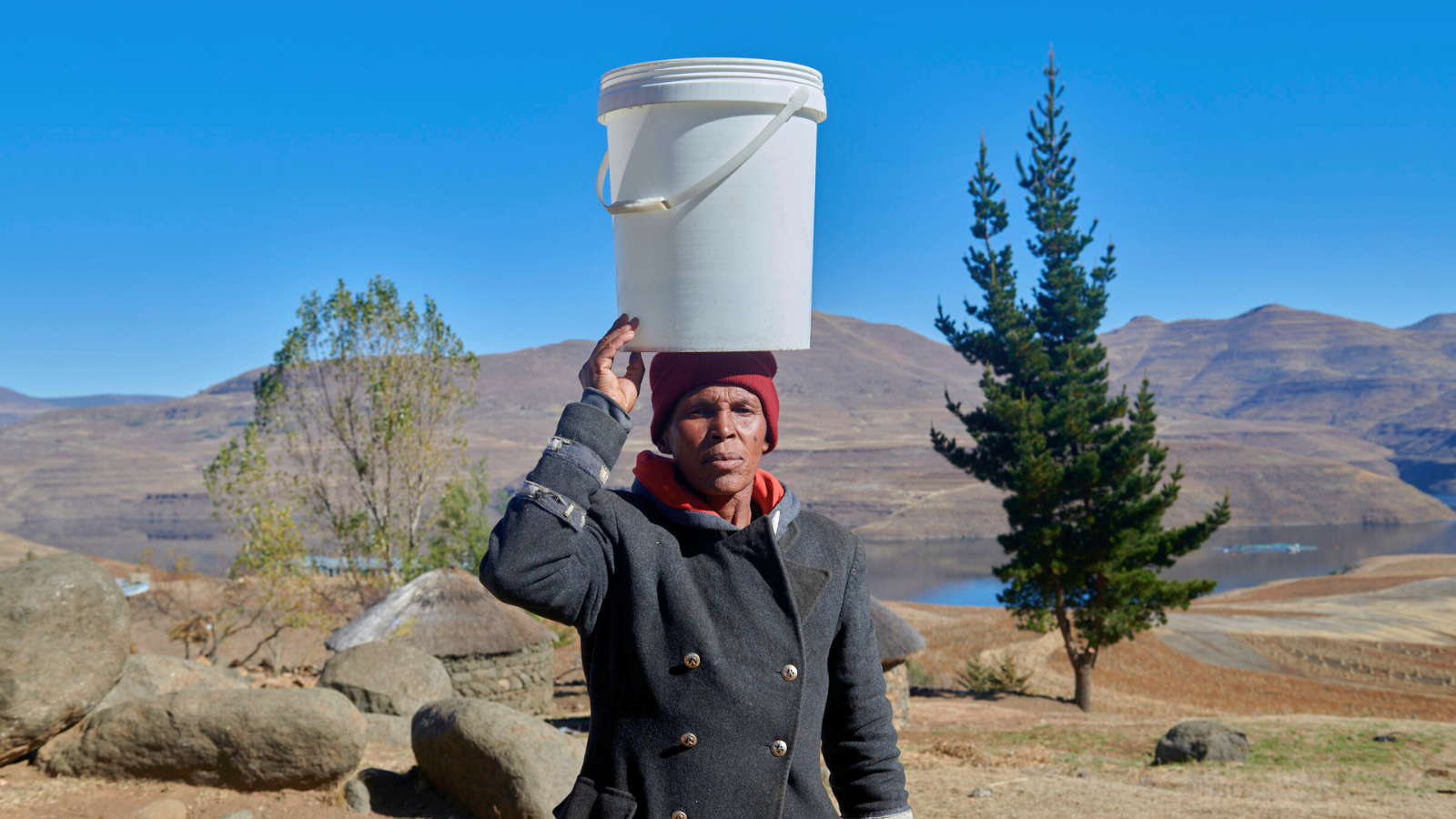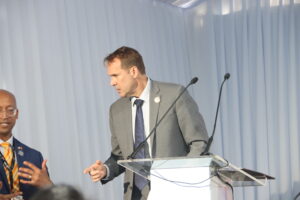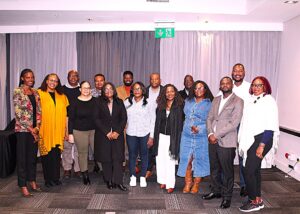Silence Charumbira
In the heart of Lesotho, the Lesotho Highlands Water Project (LHWP) has long been a source of both promise and pain. While the LHWP aims to provide water to South Africa and generate hydroelectric power for Lesotho, it has also left a trail of grievances among the communities that it has affected. For years, villagers have struggled to navigate the complex web of accountability and recourse, often feeling unheard and marginalised. This has been worsened by the lack of accountability and recourse mechanisms.
So bad is the situation that an international non-profit legal organisation, Seinoli Legal Centre (SLC) and their partner, Accountability Counsel, have called for the financiers of the second phase of the LHWP to put in place mechanisms that protect disgruntled host communities.
In an interview a recent interview, the two organisations, which support communities to defend their environmental and human rights when they have been violated, or when they fear harm, from internationally financed projects, said villagers were failing to get recourse because LHWP financiers had limited or no independent recourse mechanism (IRM).
The legacy of LHWP and villagers’ grievances
The LHWP, initiated in the 1980s, has been heralded as a transformative project for Lesotho, promising economic growth and infrastructural development. Yet, the reality for many villagers has been starkly different. Displacement, loss of livelihoods, and environmental degradation have left communities grappling with the consequences of a project that was supposed to uplift them. As grievances mounted, many villagers found themselves at a loss, unsure of how to voice their concerns or seek redress.
Over the years, villagers in host communities have expressed concerns about the disruption of their livelihoods due to ongoing construction activities. During engagements with communities in Polihali, Mokhotlong last year between August and October, residents reported that the dam construction had negatively impacted their way of life.
Despite assurances that youth from affected villages would be prioritised for employment, villagers claimed this was not the case. ‘Mamorena Mohlomi from Masalla shared her struggles, stating that she lost a significant portion of her land when the road connecting Polihali and Ha-Seshote was built. The widow who cares for three children and two grandchildren used to harvest approximately 320 kilograms of maize, 50 kilograms of beans, and various leafy vegetables annually. She would sell some of the vegetables for income, but now, without compensation, she struggles to feed her family. Previously, Mohlomi had a tap in her yard, but the pipes supplying her and other villagers were damaged during the blasting involved in construction. Now, she and other women must walk over an hour on foot to access potable water from a community tap located several kilometers away, navigating difficult terrain while carrying water containers.
Another villager, ‘Maboitumelo Sesioana, noted that local youth were not receiving the promised job opportunities, citing a lack of transparency in the hiring process.
“The project promised that affected communities would be prioritised. However, the job vacancies are often advertised in places that are inaccessible to us, such as the council office in Mapholaneng, and are sometimes announced too late for us to respond,” Sesioana said.
Along with other villagers, ‘Matoma Pone, from Ha Phate, Malubalube, requested relocation due to ongoing quarrying activities that lead to flooding in their village during the rainy season, making their homes unreachable. She mentioned that flooding had already affected 13 households. Many able-bodied villagers have left in search of economic opportunities, leaving the elderly behind. They desire relocation for better access to services and proximity to family, she said.
“We wish to be relocated to be closer to services and our chief. We truly feel abandoned,” Pone stated.
Rakhosi Ts’along from Malubalube complained about the lack of notice from the Lesotho Highlands Development Authority (LHDA) when officials visit their villages.
“LHDA, the implementors of LHWP II tends to visit communities unannounced, causing us to miss critical information regarding our situation. We urge the African Development Bank (AfDB) to notify communities of their visits with clear dates and times so we can attend,” Ts’along said.
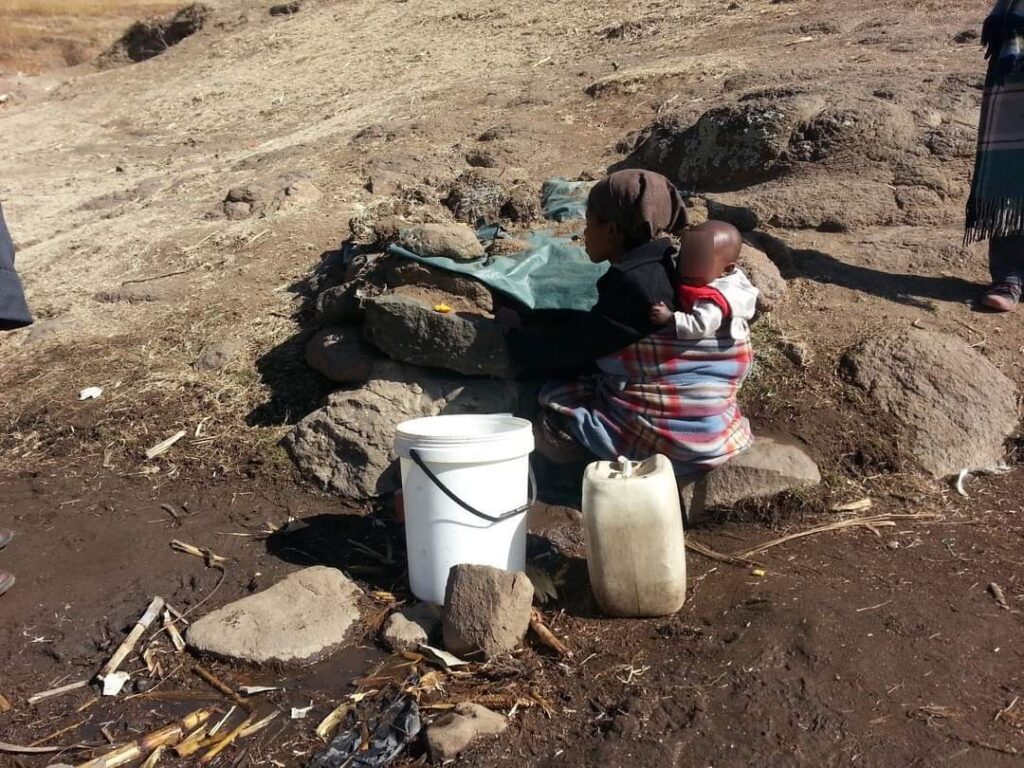
In similar consultations in October of the previous year, villagers in Molalana reported being promised relocation due to the proximity of their fields and homes to the dam area. However, in 2023, they were informed they no longer qualified for relocation. They expressed concern that being near the big dam would result in harsh winter conditions and that their new pasture would be too far from their homes. Access to essential facilities like clinics and schools would also be difficult because they will be too far.
The villagers also highlighted that they stopped making infrastructure improvements to their homes in 2011 based on assurances of resettlement. They feel it is unfair for the authorities to shift their plans without input from them. Moreover, they expressed dissatisfaction with the asset valuations provided by LHDA, claiming they were never consulted.
In anticipation of compensation, villagers were instructed to open bank accounts in 2023. When they did, banks required deposits for activation but since then the money has not been deposited and they are now concerned about the monthly fees eroding these funds due to the delays in compensation payments.
Molalana villagers indicated that only four women had secured employment since the LHWP’s inception, while a few men received short-term contracts that were subsequently terminated. Namoha villagers noted that they were promised ancillary developments, such as roads, more than a decade ago, but this has not materialised. They expressed frustration over the lack of transparency regarding the documents they signed, which disadvantaged elderly and illiterate villagers who were unaware of their content.
In August, villagers from Ha Ramonakalali, Masakong, Kanana-Mabothong, and Sekokong revealed ongoing complaints about delays in compensation, noise pollution from blasting without prior notice, damage to buildings from tremors, and unfulfilled promises of ablution facilities by LHDA.
In Ha Ramonakalali, community members reported, “Used condoms are scattered throughout the area, which violates local cultural norms”.
“We are also concerned about the spread of infectious diseases, such as mumps, attributed to deteriorating health and sanitation conditions resulting from the influx of workers.
“We fear the sexual exploitation of young girls while those who are married are apprehensive that their spouses may be drawn to men and women working on the project site. The elderly, in particular, struggle to access their wells due to poor design by LHDA, and existing taps are now dry because the feeder pipes have been damaged by blast tremours. While water access is already a significant issue, contractors are utilising natural resources like springs without permission, exacerbating water shortages.”
The role of project funders
While the AfDB has an IRM “to handle complaints from affected communities, other financiers of the LHWP Phase II have limited or no equivalent grievance mechanisms”, said SLC Development Manager, Advocate Lerato Rabatho.
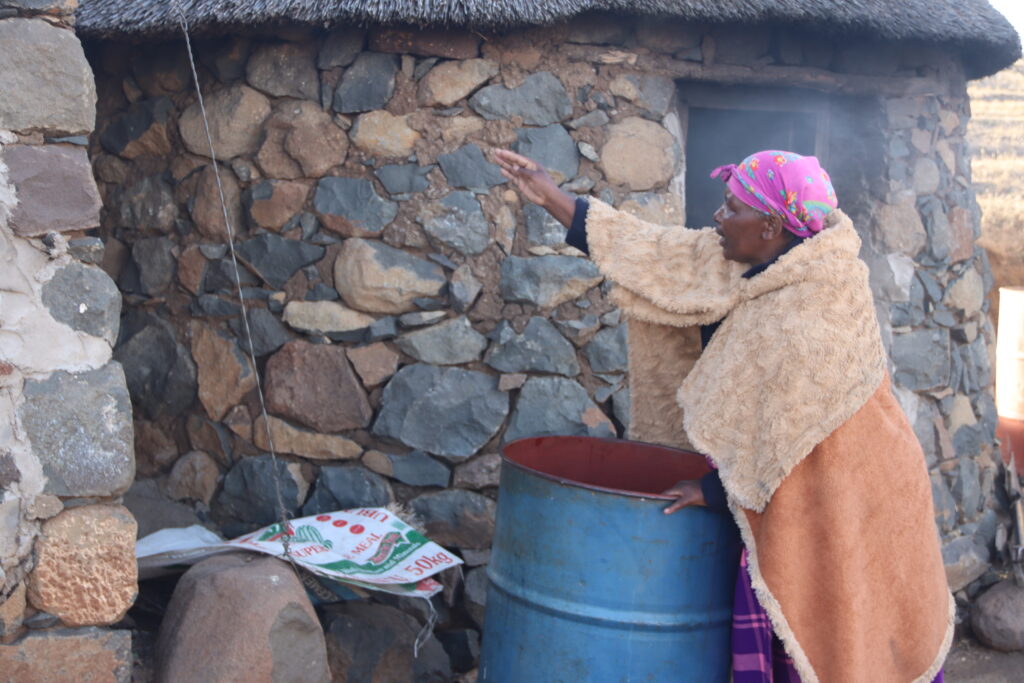
Besides the AfDB, the LHWP is funded and implemented by the Development Bank of South Africa (DBSA), the Lesotho and SA governments, the New Development Bank (NBD), the Trans-Caledon Tunnel Authority (TCTA) and the Lesotho Highlands Development Authority (LHDA).
But according to Adv Rabatho, it is only the AfDB which has a robust IRM. The NBD “does not have an established independent accountability mechanism”.
“Advocacy efforts have been pushing for its creation, but affected communities currently lack a formal complaint channel.”
Adv Rabatho said the DBSA also lacked a formal, independent grievance mechanism for project-affected communities. It only had internal social and environmental policies “but no clear path for external complaints”.
The EIB “has a grievance mechanism, but its role in LHWP Phase II is unclear”.
“If involved, affected communities could explore this route.”
As for the Lesotho and South African governments and the TCTA, Adv Rabatho said “they do not have independent accountability mechanisms, but their obligations under national laws and international human rights principles should compel them to engage in fair and transparent project implementation”.
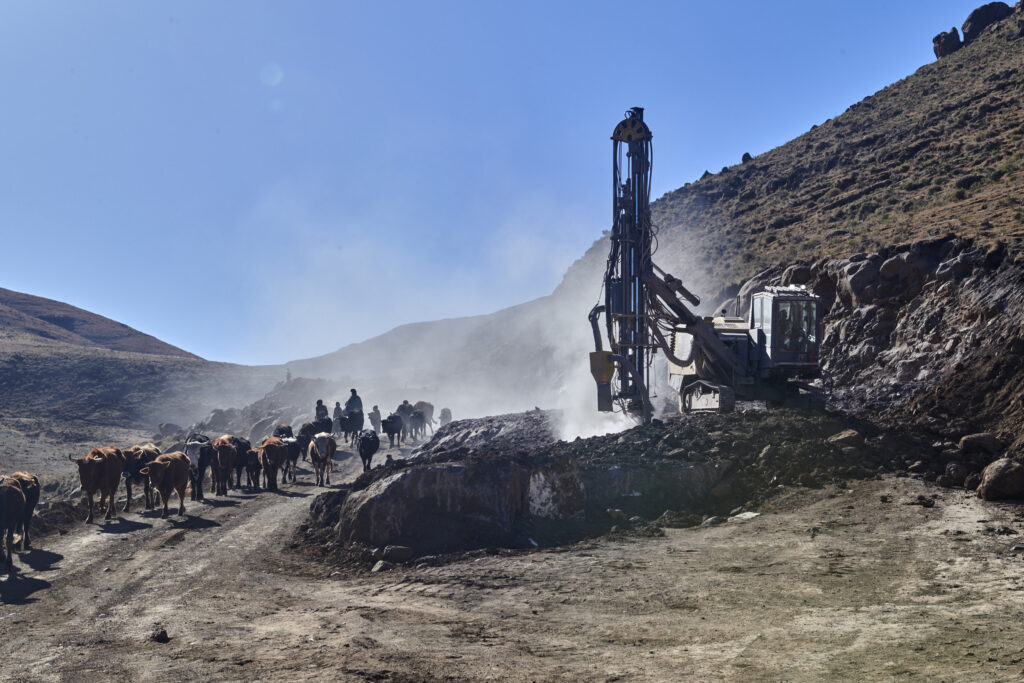
The alternatives when financiers do not have IRMs include advocacy with board members of the concerned institutions, state and institutional actor linked violation investigations by international rights bodies, public pressure and media campaigns that expose the injustices and force financiers to take responsibility as well as legal avenues through national and regional courts to challenge community harm.
The organisation attributed most of the challenges relating to accountability to financiers employing a “fund-and-forget” model which prioritises loan disbursement and LHWP II timelines over ensuring compliance with social and environmental safeguards.
Even when policies existed, some financiers lacked enforcement mechanisms to ensure implementors like the LHDA complied. In some instances, financiers relied on implementers to report on their activities instead of engaging the communities directly. This created room for misinformation and neglect.
Governments and financial institutions backing large scale infrastructure always have vested interests and that often leads them to downplay the negative impacts due to their conflict of interest.
Ultimately, there was a weak accountability culture because “unlike private companies facing consumer pressure, development banks and state actors do not always feel direct financial consequences when they neglect affected communities”.
“Proactively mitigating conflicts would require financiers to make meaningful community engagement and safeguard implementation a pre-condition for funding disbursement, which most currently fail to do.”
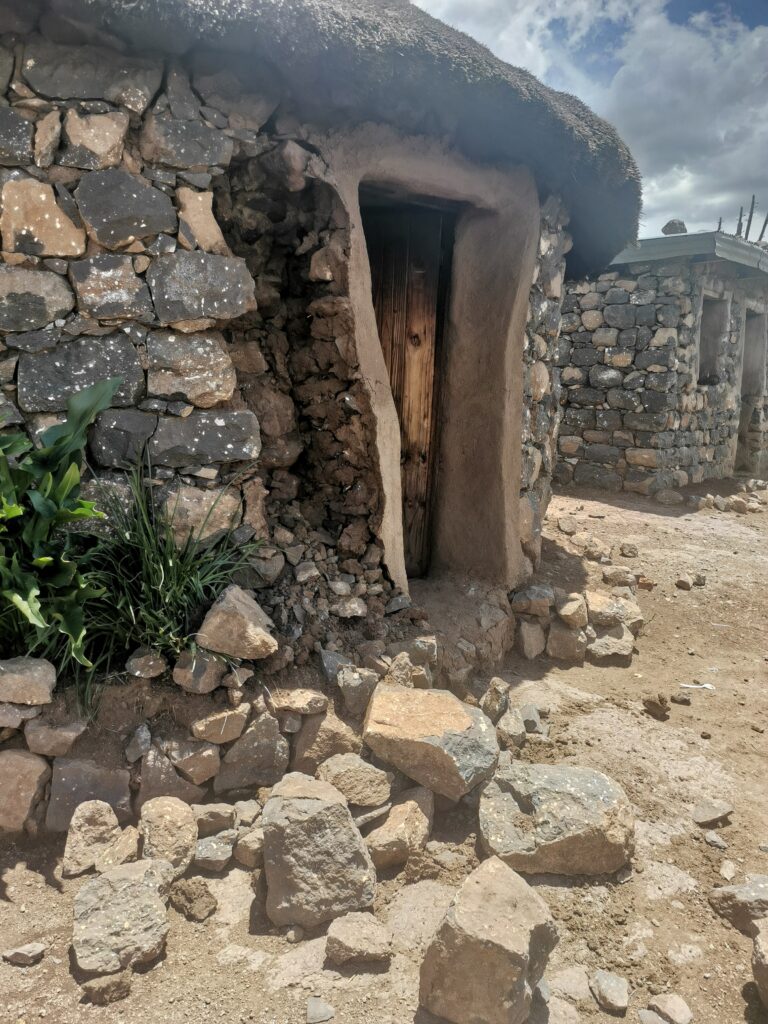
Adv Rabatho said there was weak political will to resolve these issues. While the governments of Lesotho and South Africa have economic incentives to ensure the LHWP II’s success, their commitments to protecting affected communities have been largely symbolic rather than substantive.
While the Lesotho government was obliged to protect its citizens, “it also relies heavily on revenue from water sales to South Africa” earning an estimated M298 million monthly in water revenue. The dual role limited its willingness to challenge the LHDA or financiers on behalf of affected communities.
On the other hand, the South African government benefitted “significantly from the water supply but has little direct accountability for ensuring resettlement, compensation, and livelihood restoration in Lesotho”.
The situation created an imbalance in responsibility, leaving the Lesotho government to bear the burden of addressing community grievances.
Financiers, international advocacy and legal action could compel governments to act in the interest of affected communities, Adv Rabatho said.
“For decades, affected communities have faced land dispossession, loss of livelihoods, inadequate compensation, and a lack of meaningful consultation. Reports of blasting damage, sexual exploitation, pollution, and economic displacement further highlight the human cost of this project.
“If a commodity is extracted from vulnerable communities without fair compensation, proper safeguards, or accountability, it becomes an exploitative resource rather than a benefit,” the organisation said.
And “for LHWP to truly serve both Lesotho and South Africa equitably, affected communities must be treated as partners rather than casualties of development”.
The path forward
SLC has been providing services that include “legal support to communities in terms legal education, provision of legal advice, legal representation in courts of law, advocacy with project stakeholders”, but the path is fraught with challenges according to Development Manager Adv Rabatho.
Adv Rabatho said their biggest challenges included access to information as well as the slow movement of legal processes at the courts.
“The challenge we face mostly is in relation to access to information where the LHDA does not give us access to information that we regard as public information. Secondly, the biggest challenge is our legal system. It takes a long time for cases to be heard and for judgements to be issued. Justice delayed is justice denied.
“Thirdly, as lawyers working for non-profit making organisations, we are not allowed to appear before courts of laws or to practice. This makes our legal representation difficult and expensive,” she said.
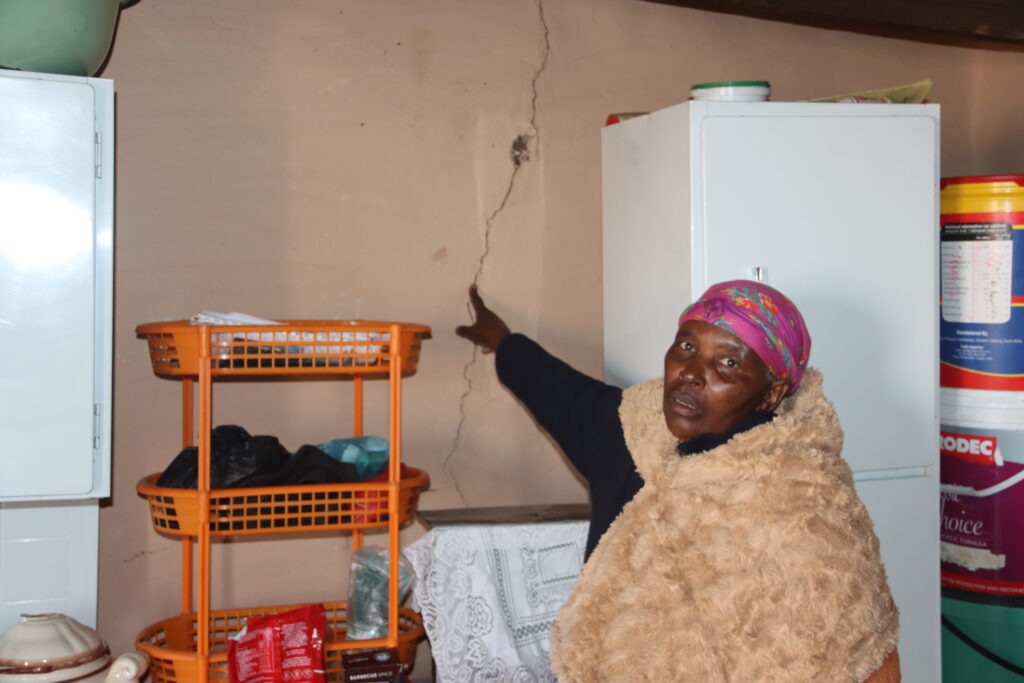
Access to affected communities is also tedious as some of the villagers live in remote areas that barely have roads. That means they must hire off-road vehicles which are expensive.
More from Africa News 24
LHDA’s Polihali Operations project manager speaks on LHWP II progress, delays
“Lastly, the fact that we are dealing mostly with people who are illiterate, we must put extra effort when providing legal and human rights education to them. Again, it becomes very expensive and with the current decline in funding for NGOs, this is worrying.”
The journey toward justice for the affected communities is fraught with challenges, but the efforts of SLC represent a significant step forward. By educating villagers about their rights and the avenues available for recourse, SLC is not only helping individuals navigate the complexities of the legal system but also fostering a collective movement for accountability.
As the spotlight shines on the financiers of the LHWP, the fight for justice is not just about individual grievances; it is about ensuring that the voices of marginalised communities are heard and respected. The work of SLC is a testament to the power of grassroots advocacy and the importance of community engagement in the pursuit of social justice.
In the coming months, as more villagers become informed about their rights and the channels for recourse, the hope is that the financiers of the LHWP will be compelled to take a closer look at their responsibilities and the impact of their investments. The road ahead may be long, but with organisations such as SLC leading the charge, the possibility of meaningful change is within reach.
The AFDB, the TCTA, the NDB and the LHDA did not respond to enquiries. The DBSA acknowledged receiving questions and promised to respond by 1 April 2025. However, they are yet to respond. Their responses will be added to the article once and if they respond.






